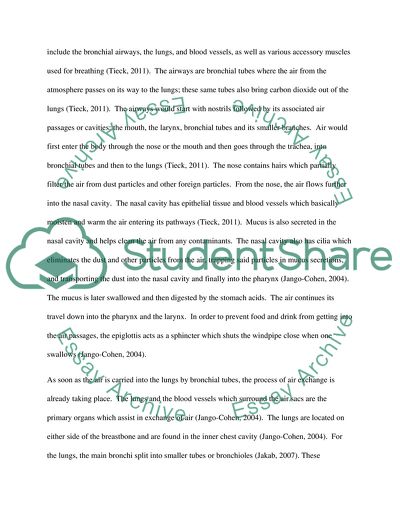Cite this document
(Human physiology and Anatomy - RESPIRATORY Essay, n.d.)
Human physiology and Anatomy - RESPIRATORY Essay. Retrieved from https://studentshare.org/health-sciences-medicine/1788256-human-physiology-and-anatomy-respiratory
Human physiology and Anatomy - RESPIRATORY Essay. Retrieved from https://studentshare.org/health-sciences-medicine/1788256-human-physiology-and-anatomy-respiratory
(Human Physiology and Anatomy - RESPIRATORY Essay)
Human Physiology and Anatomy - RESPIRATORY Essay. https://studentshare.org/health-sciences-medicine/1788256-human-physiology-and-anatomy-respiratory.
Human Physiology and Anatomy - RESPIRATORY Essay. https://studentshare.org/health-sciences-medicine/1788256-human-physiology-and-anatomy-respiratory.
“Human Physiology and Anatomy - RESPIRATORY Essay”. https://studentshare.org/health-sciences-medicine/1788256-human-physiology-and-anatomy-respiratory.


